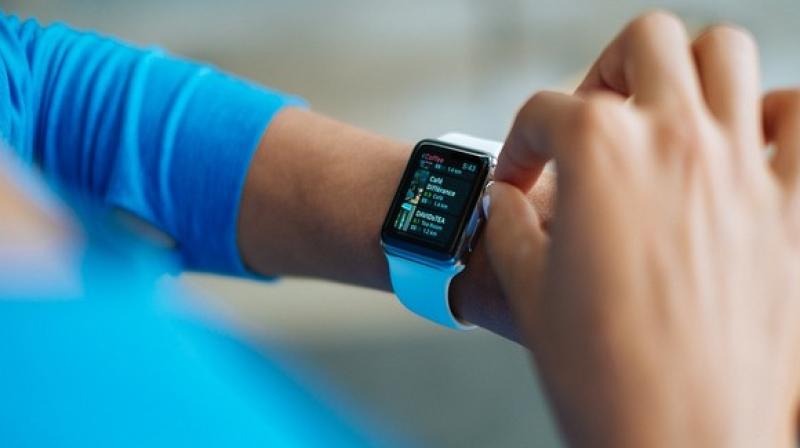Researchers develop wearable device that will deliver opioid antidote automatically

Researchers are developing a device that will detect opioid overdose and automatically deliver naloxone, a drug known to reverse deadly effects.
"The antidote is always going to be with you. The device wouldn't require you to recognise that you're having an overdose or to inject yourself with naloxone, keeping you stable long enough for emergency services to arrive," said Hyowon "Hugh" Lee, one of the researchers of the study published in the Journal of 'Controlled Release.'
An overdose happens when opioids bind to receptors in the brain that regulate breathing, causing a person to hypoventilate and die. According to the US Department of Health and Human Services, approximately 130 people in the US die every day from opioid-related drug overdoses.
Lee's team has built a wearable device designed to detect when a person's respiration rate decreases to a certain level converted from electrocardiography (EKG) signals and then release naloxone, which blocks the opioid from binding to brain receptors.
Wearing the device would be similar to wearing an insulin pump. The current proof of concept is an armband that straps on a magnetic field generator, connected to a portable battery worn at the hip.
A sticker-like EKG sensor on the skin such as on the chest measures respiration rate. When the sensor detects a respiration rate that's too low, it activates the magnetic field generator to heat up a drug capsule in the body, releasing naloxone in 10 seconds.
The researchers envision the drug capsule being pre-injected under the skin in an outpatient setting. That way, the device system would automatically deliver naloxone to the patient during an overdose, buying about an hour before relapsing.
According to Lee, that extra hour would give emergency services plenty of time to get the patient to the hospital. The capsule also delivers a larger dose of naloxone than products currently available on the market making it more effective at delaying relapse and would be cheaper to manufacture.
Although the device doesn't yet work automatically, the researchers demonstrated through in vitro and in vivo experiments that the setup successfully detects a low respiration rate from EKG signals and delivers naloxone.
The device has been patented through the Purdue Research Foundation Office of Technology Commercialization. Since submitting the work for publication, the researchers have downsized the magnetic field generator and battery so that the device is less bulky.
"The goal is to make the whole system unobtrusive so that you don't feel like you're having to wear something large all the time," Lee said.
The researchers also plan to build a communications system into the device that would automatically alert emergency services when the patient has overdosed.
The technology could possibly deliver other drugs besides naloxone.
"People with allergies need epinephrine right away. This setup might remove the need for an epi-pen," Lee said.
